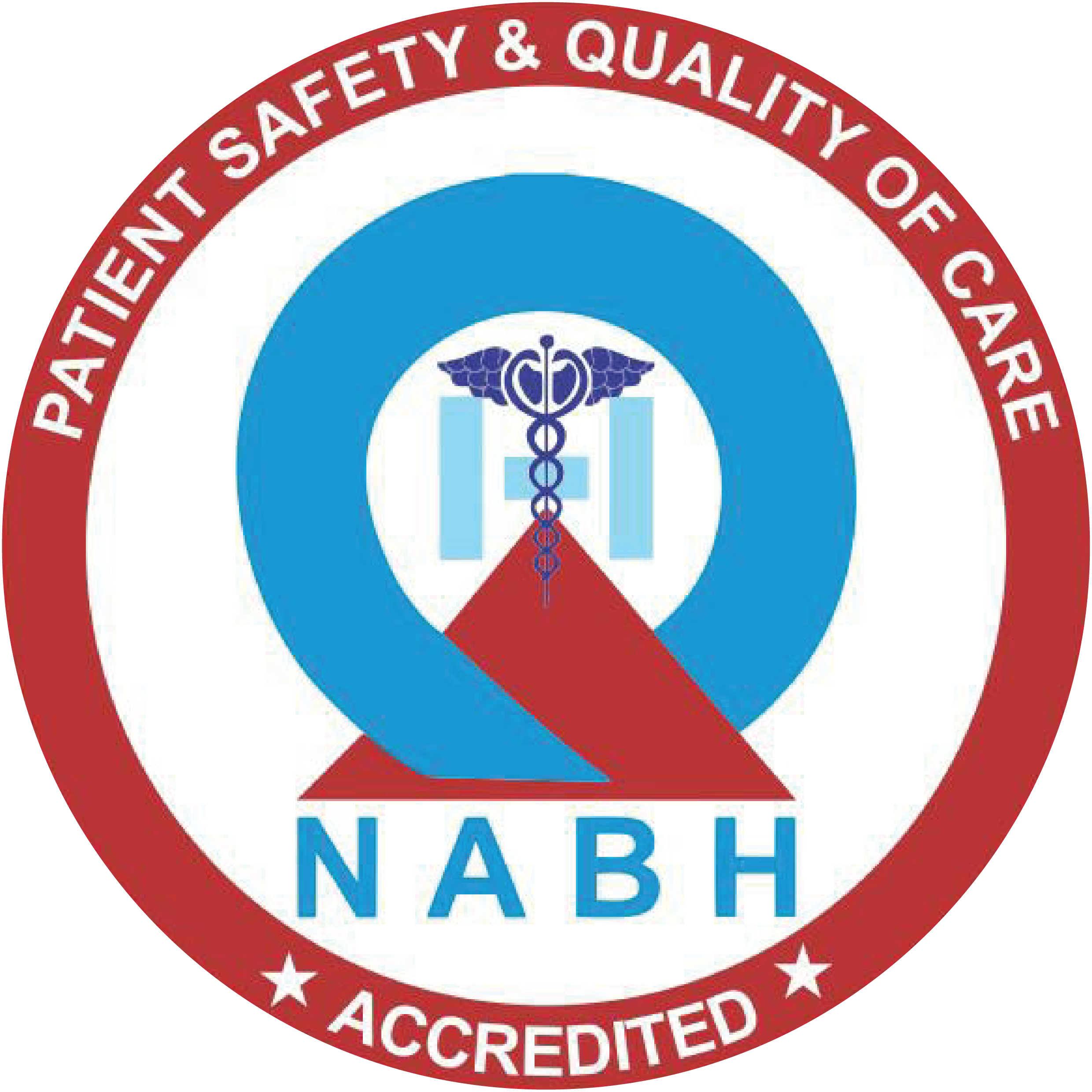We are all aware of arthritis and the pain and discomfort it causes but Ankylosing Spondylitis is a type of arthritis that affects the spine. The symptoms of Ankylosing Spondylitis include a stiffness and severe pain from the neck to the lower back. The spine loses its flexibility and the vertebrae fuse together to result in a rigid spine. A condition like this affects the posture and the patient may stoop over. The only way is to have an early detection and treatment to control the pain and stiffness, so that deformity is reduced to the minimum.
WHO IS AT RISK?
Ankylosing Spondylitis is mostly seen in adults and it can occur at any age. In men the disease can strike between teenage and 20s. It is not so commonly seen in women but some people in the tribal belts and rural areas are seen to be affected by the disease.
WHAT ARE THE SYMPTOMS?
There are some common symptoms that can be seen at the early stages of the disease:
I Pain and Stiffness: You will experience a lot of pain and stiffness in the low back, buttocks and hips constantly and this will continue for months. Spondylitis starts at the joints, where the lowest part of the spine joins the ileum bone of the pelvis in the lower back region.
I Bony fusion: Ankylosing Spondylitis causes an overgrowth of the bones which leads to the abnormal joining of bones called the ‘bony fusion’. Fusion affects the bones of the neck, back and hips and affects the person’s ability to perform routine activities. The fusion of the ribs to the spine or breastbone may limit a person’s ability to expand the chest or take a deep breath.
I Pain in the ligaments and tendons: Spondylitis also may affect the ligaments and tendons that attach to bones. Inflammation of the tendon causes pain and stiffness in the area beneath the heel, like the Achilles tendon at the back of the ankle.
Ankylosing spondylitis is a systemic disease that may not be limited to the joints. People with this condition will also have loss of appetite, fever and fatigue. Some people will show signs of eye infection and redness while in some cases it may cause lung and heart problems.
WHAT CAUSES ANKYLOSING SPONDYLITIS?
The exact cause of Ankylosing Spondylitis is unknown even though the genetic or family link is more prominent. Though people carrying the spondylitis gene are more likely to develop the disease there is a percentage of people affected who have no signs of the condition.
HOW IS ANKYLOSING SPONDYLITIS TREATED?
There is no certain cure for Ankylosing Spondylitis, yet treatments focus on reducing pain and discomfort. The goal is to improve the function and reduce the stiffness so as to be able to maintain a good posture, prevent any deformity and get back the ability to do normal activities. If properly treated and on time those suffering from Ankylosing Spondylitis can lead a normal life. Physical and occupational therapy, exercises and medications are the right combination for treating Ankylosing Spondylitis.


